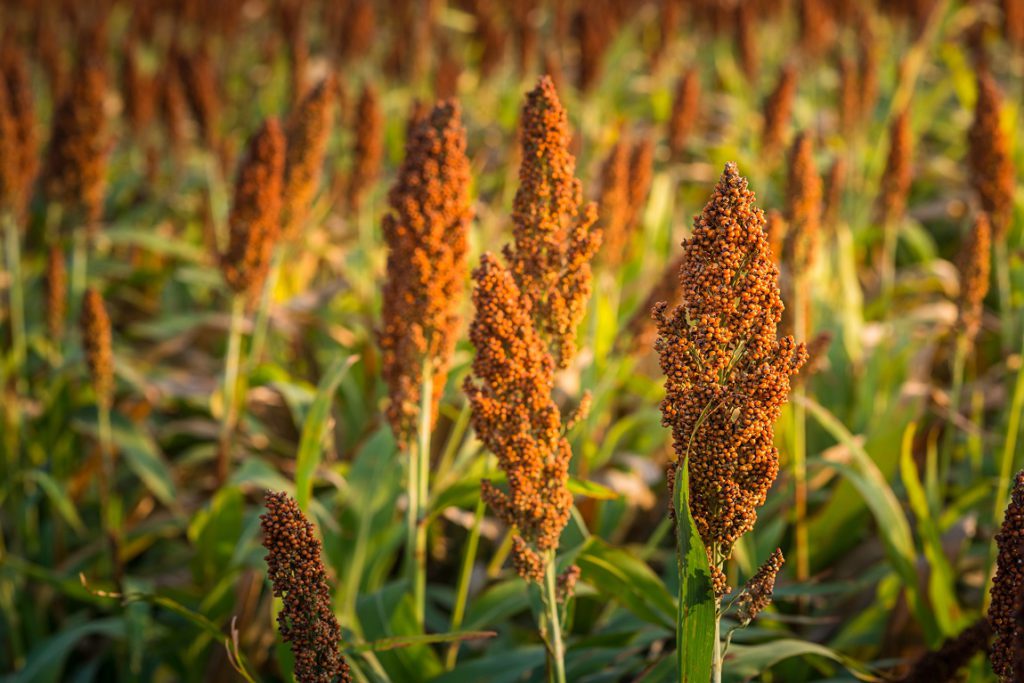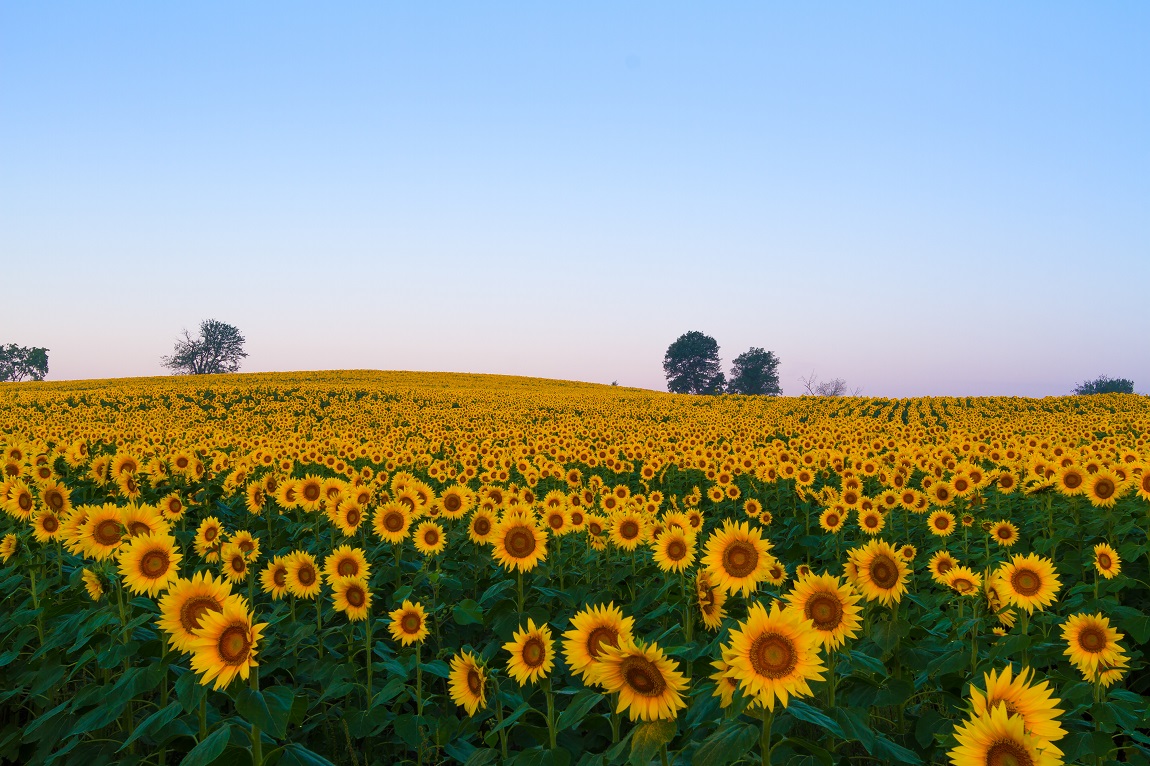Sunflowers, Sorghum, and Soybeans
No matter the measure, Kansas is an agricultural powerhouse. In fact, agriculture is such a big deal in Kansas that the state’s Department of Agriculture building is located 60 miles west of the state’s capital of Topeka in the heart of Manhattan. There are probably many people who would be surprised to learn that there is, in fact, a Manhattan that lies west of the Mississippi River. (There are actually multiple, but that is for another day.) Of course, we would be willing to wager that there is very little overlap in the Venn diagram of people who know about Manhattan, Kansas, and those who do not have regular exposure to U.S. agriculture, and especially agricultural research, or are not college sports fans.
So what is the significance of Manhattan, Kansas? It is the home of Kansas State University or K-State as it is more commonly known. And as you might have guessed by now, it will be the next stop on our tour of America’s land-grant university (LGU) system. But before we dive into some of what makes K-State one of the best agricultural science universities in the world, we need a better understanding of the agricultural footprint of Kansas. According to the Kansas Department of Agriculture, in 2017 agriculture was the biggest economic driver in the state at more than $65 billion in value. The ag sector also employs over a quarter of a million people in the state.

When we drill down into commodity-specific data, Kansas is the top producer of sorghum in the United States by a long shot. If you added up the value of all the sorghum produced in a state not named Kansas and then doubled it, you would arrive at roughly the amount--$1.15 billion--that Kansas produced in 2020, according to USDA’s National Agricultural Statistics Service (NASS). Sorghum is not a commodity that we’ve spent much time on during our journey, but suffice it to say that it is a small grain that can be used for livestock feed, human food, and depending on sugar content, it can be used to make ethanol. More information about sorghum can be found on the Sorghum 101 page of the National Sorghum Producers website.
Just ahead of sorghum by value is wheat at $1.27 billion in 2020 for 281 million bushels produced, making Kansas the second-largest producer of the crop behind North Dakota. Even with that kind of substantial production, however, wheat is the third largest crop in the state. Since corn and soybeans are the largest and second-largest crops in the U.S., respectively, it is not uncommon for them to be the top two crops in many states and Kansas follows that pattern. In 2020, Kansas produced 766 million bushels of corn valued at $3.3 billion, which was good enough for sixth-highest production in the U.S. Soybeans were valued at $2.1 billion for 190 million bushels–ninth most in the U.S.
Kansas is frequently referred to by its nickname of the Sunflower State, which correctly suggests that sunflowers are a major crop there. The state produced 103 million pounds of sunflowers worth $22 million in 2020, making it the fourth-largest producer of sunflowers. Although a major player in sunflowers, it follows behind North Dakota (1.4B lbs / $264M), South Dakota (1.2B lbs / $220M), and Minnesota (138M lbs / $29.4M). With states producing more than 10-fold more sunflowers, it is interesting that Kansas earned the Sunflower State nickname. Other major crops grown in Kansas include canola (#6 producer in the U.S.), hay (#10), cotton (#13), oats (#17), and barley (#22).
While there are exceptions to every rule, row crops are the norm in Kansas as is quite evident from the NASS crop data referenced above, which should give us a pretty good clue as to what kind of variety development and testing activities are undertaken at K-State. Indeed, K-State’s Department of Agronomy Plant Breeding & Genetics program boasts breeding programs for canola, sorghum, soybean, and wheat. Wheat is a particular focus and just last year, K-State was awarded $1 million by USDA’s National Institute of Food and Agriculture (NIFA) to establish the Winter Wheat Breeding Innovation Hub for the International Wheat Yield Partnership (IWYP). IWYP is a public-private partnership aimed at increasing the genetic yield potential of wheat by 50 percent in 20 years.
Finally, the K-State Research and Extension Service has an extensive network of research stations across the state that serve all 105 counties in Kansas. Through this network, K-State carries out a robust Crop Performance Test program for many of the crops discussed here today and reinforcing Kansas’ position as a national agricultural production leader.
